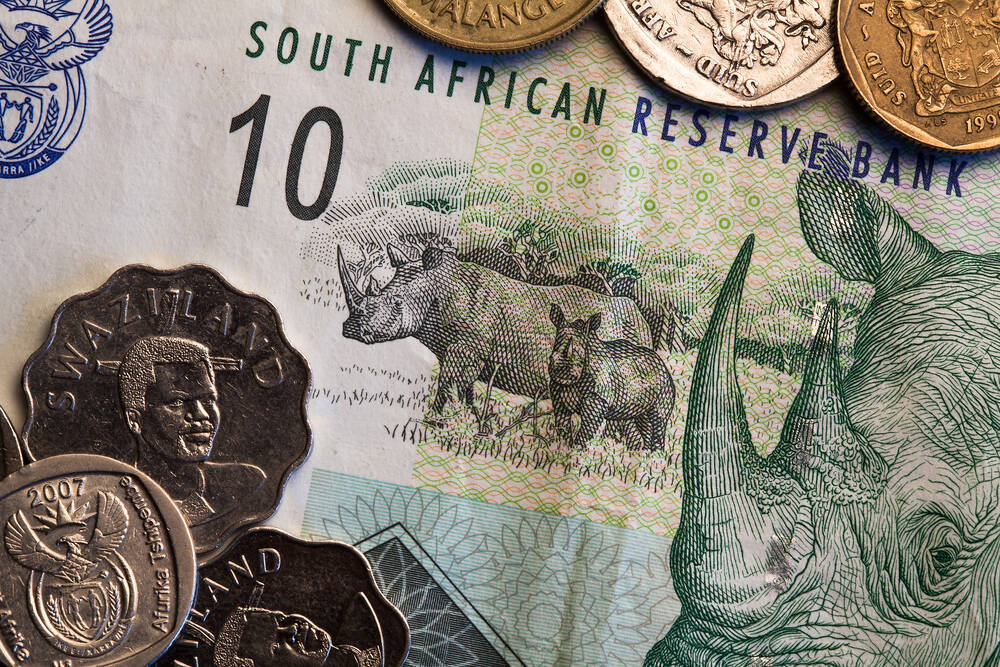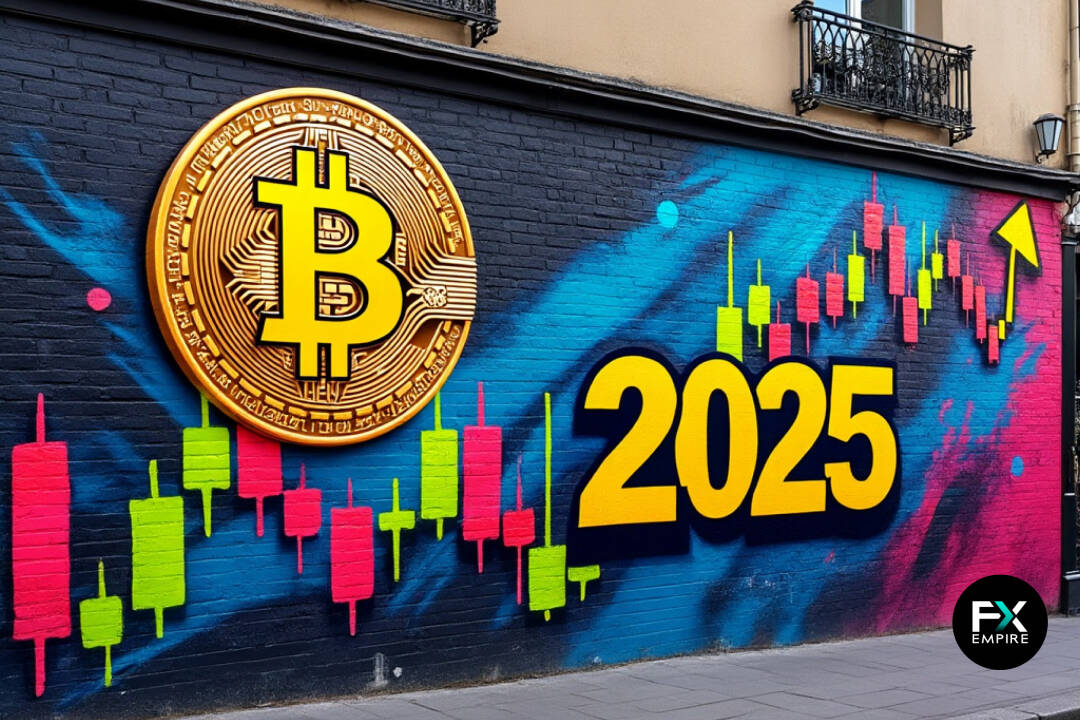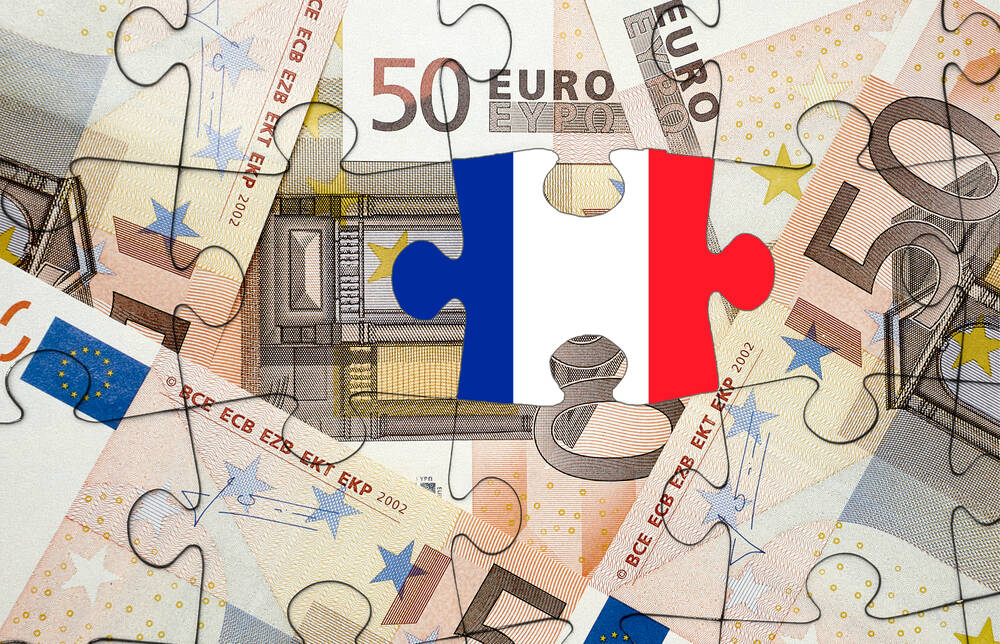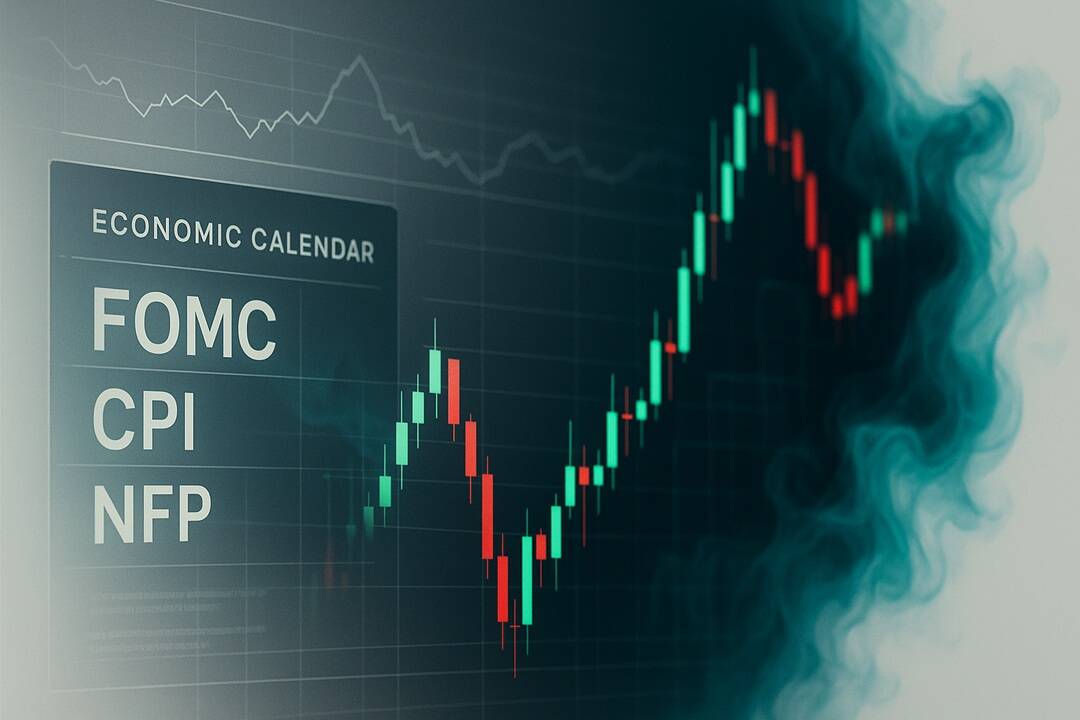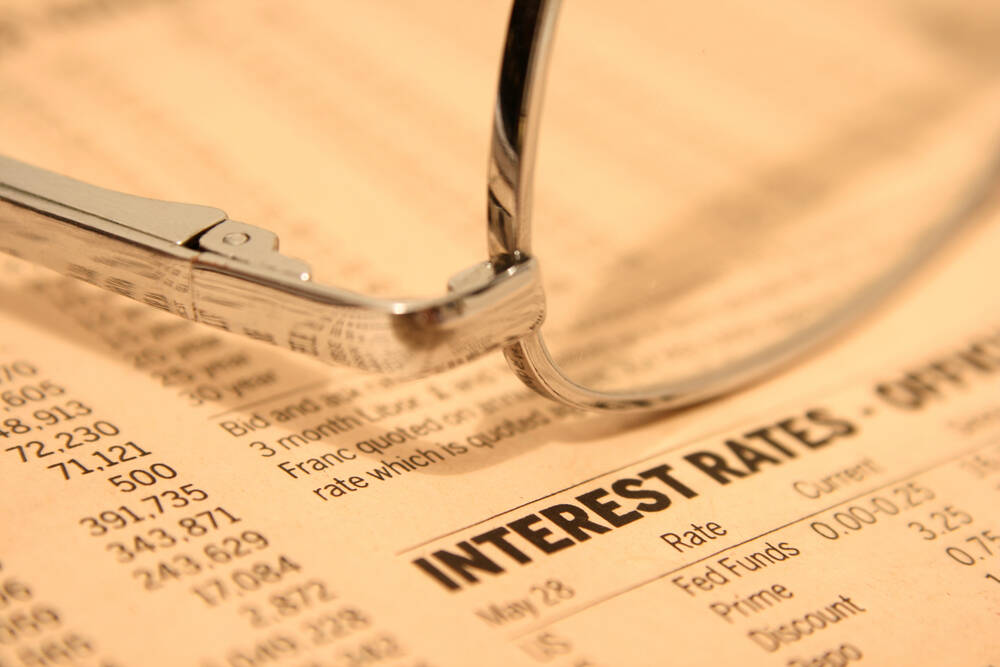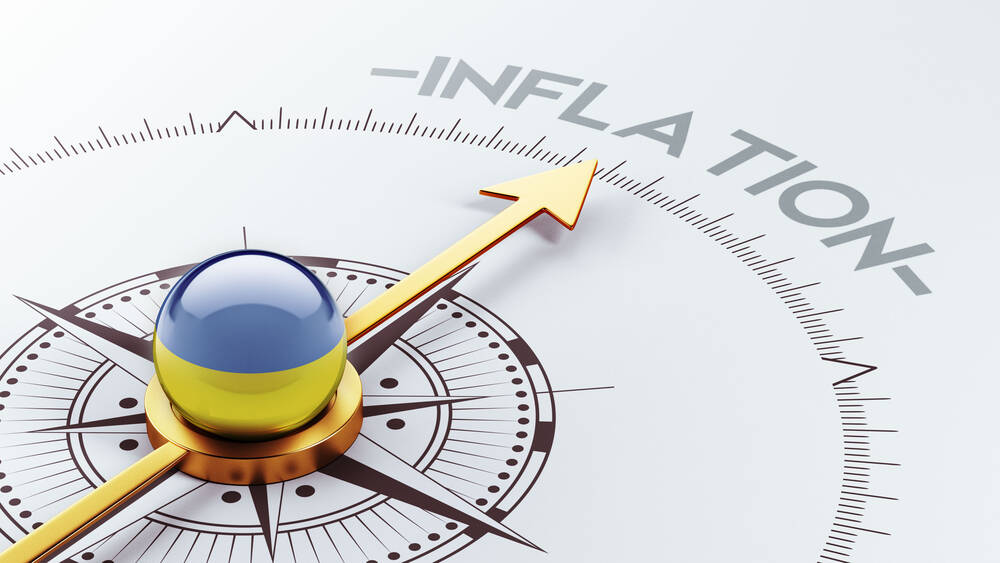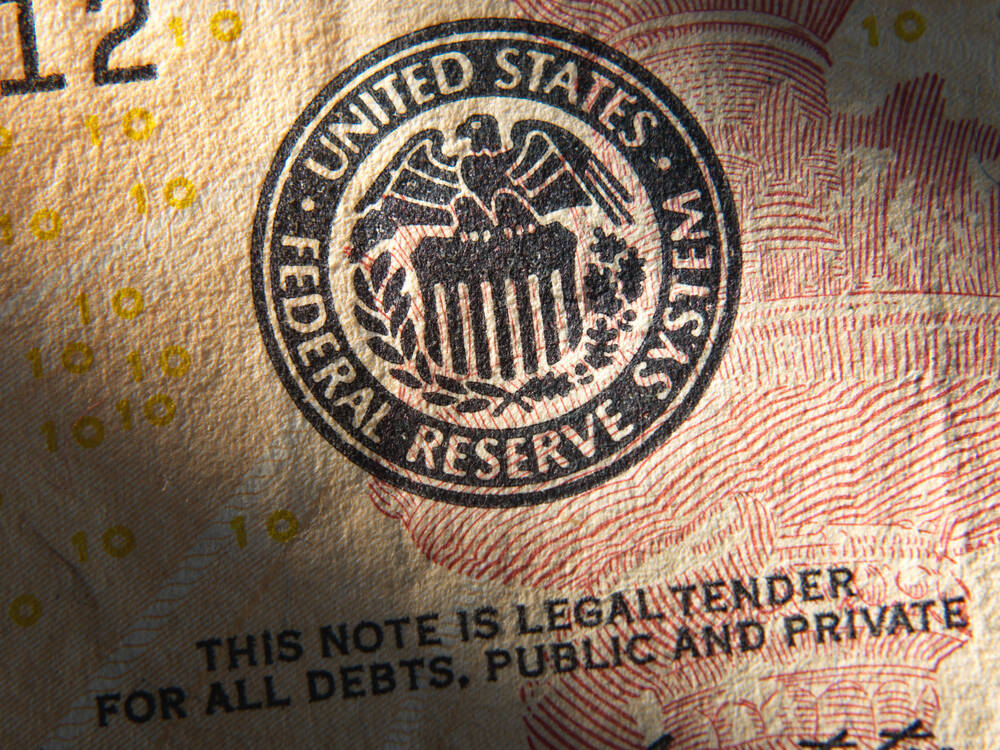Advertisement
Advertisement
Search Indicator:
Choose Country 
Sweden Inflation Rate
Last Release
Nov 30, 2025
Actual
0.3
Units In
%
Previous
0.9
Frequency
Monthly
Next Release
N/A
Time to Release
N/A
Highest | Lowest | Average | Date Range | Source |
15.5 Oct 1980 | -1.6 Sep 2009 | 3.53 % | 1980-2025 | Statistics Sweden |
In Sweden, the most important category in the consumer price index is Housing and Utilities (23 percent of total weight). Food and Non-Alcoholic Beverages accounts for 14 percent; Transport for 14 percent; Recreation and Culture for 12 percent; Restaurants and Hotels for 7 percent and Miscellaneous Goods and Services for 7 percent. Furniture, Household Goods and Maintenance; Clothing and Footwear; Alcoholic beverages and Tobacco; Health; Communication and Education account for the remaining 22.5 percent of total weight.
Latest Updates
Sweden’s annual inflation rate eased to 0.3% in November 2025, confirming preliminary estimates and down from 0.9% in each of the previous two months, remaining well below the Riksbank’s 2% target. It marked the lowest inflation rate since May, mainly due to a slowdown in food and non-alcoholic beverage prices (3.1% vs 3.7%), the lowest in 10 months, while housing and utilities prices fell at a faster pace (-3.1% vs -1.9%). Additionally, inflation also softened for clothing and footwear (0.6% vs 1.4%), while miscellaneous goods and services remained steady (at 4.1%). Prices also dropped for transport (-0.1% vs -0.7%), communication (-0.6% vs -0.9%), and recreation and culture (-0.6% vs 1.9%). Monthly, consumer prices decreased by 0.4%, reversing a 0.3% rise in October and marking the first monthly decline in three months. Meanwhile, the CPI with a fixed interest rate (CPIF), the Riksbank’s target measure, increased by 2.3% yoy in November, slowing from a 3.1% gain in the prior month.”
Sweden Inflation Rate History
Last 12 readings
